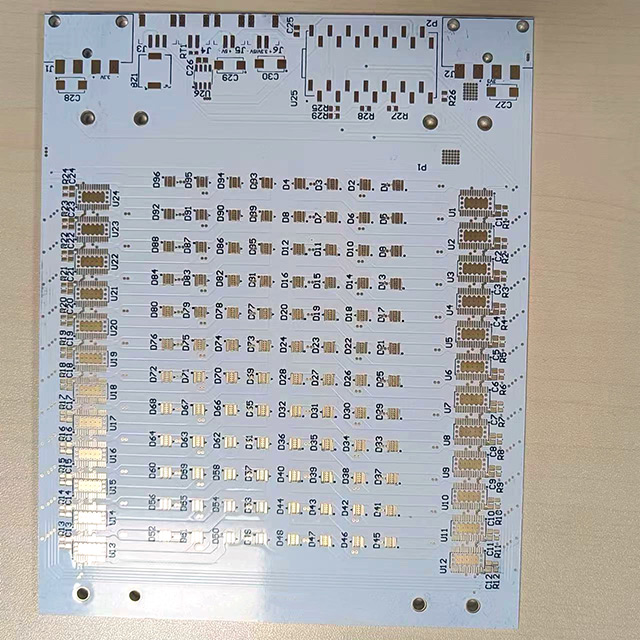Quicker, easier and cheaper aren't necessarily the signs of a good quality approach to a design are they!
A quality approach has nothing to do with the consideration of these three factors. The job of a designer is to ensure compliance with legislation and regulations to achieve the given aims normally within a budget and time scale. We could all design gold standard or over engineered solutions and then sit at home all day as they are too expensive to implement or not required or necessary.
In this case the use of cable tray over metal conduit would in my opinion be quicker, easier and cheaper to install. I have not used the words inferior, you have implied this,it will in my view achieve the same results, cheaper with added benefits.
In my view any good design has to take account purpose, regulations, ease of fitting, anticipated installation time and material cost, all factors are relevant in the real world. In the given exercise (which I am also designing for my 2365) to put metal conduit under a suspended ceiling is not in my view the best option it would take longer to fit, cost more to both buy and fit and have maintenance and modification drawbacks over a cable tray or basket system. I know which I would rather fit, but of course only my opinion













